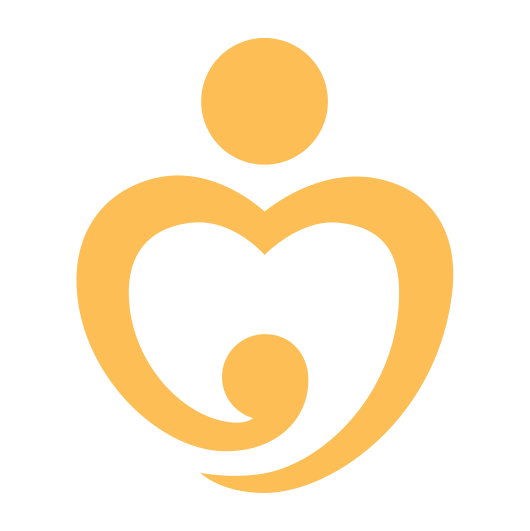
Expanding to the Terai
In 2019, in collaboration with our government partners at the federal and provincial levels, we conducted an in depth assessment of Nepal’s districts’ current health outcomes to determine our upcoming target districts for the next five years. At the request of the Social Welfare Council and the Ministry of Population and Health, we included districts from the Terai region in this process.
We first reviewed existing government data, looking at our impact indicators and a wide array of determinants of MNH access including the local population’s patterns of movement to neighboring districts for health care services, socioeconomic status of the district, availability of nearby referral sites, and the Human Development Index (HDI) to short-list of districts in need. Field assessments were then conducted in the short-listed districts to collect primary data on similar MNH service delivery and outcome indicators in order to determine the highest-need districts.
Our results showed that many districts in the Terai region still fall behind in terms of development indices and access to health services. The status of women in particular is very poor. Among the seven provinces of Nepal, both Province 2 (part of the Terai) and Province 6, have the poorest health outcomes including low numbers of institutional deliveries and high maternal and neonatal mortality.
While the Terai has been the recipient of many international development programs, none of them provided a comprehensive type of intervention such as the Network of Safety, with support at all levels of the health system. In 2020, we began to pilot our model in our first district that includes the Terai region (Sarlahi; population 888,986; 21,406 annual pregnancies). Because the specific cultural and geo-political context of the Terai is very different from the Hill and Mountain districts, we have enlisted the support of a team of cultural anthropologists at Dartmouth College to conduct an ethnographic study. We anticipate the insights from their work to guide our adaptation of the Network of Safety as we expand our model to this new geographic area.


